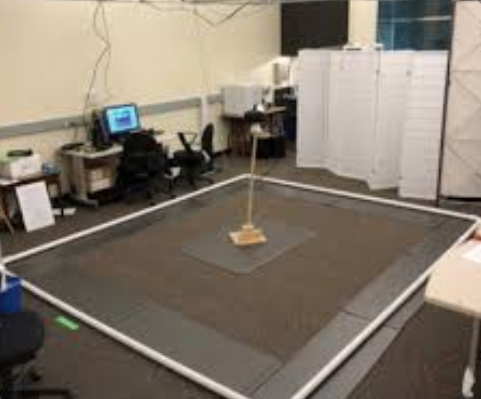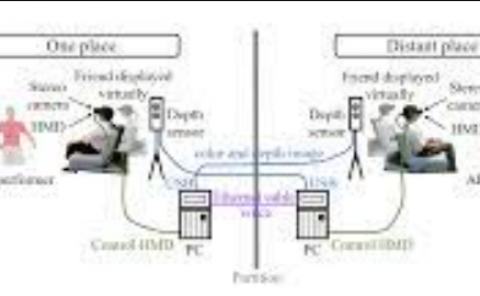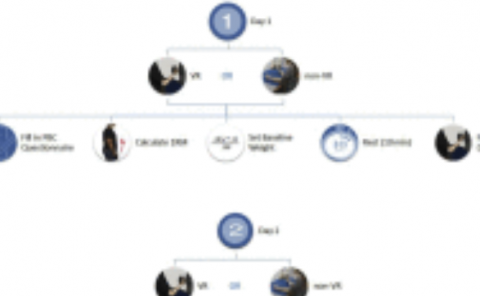Spotlights and Soundscapes: On the Design of Mixed Reality Auditory Environments for Persons with Visual Impairment
PubDate: April 2020
Teams: Georgia Institute of Technology
Writers: Keenan R. May;Brianna J. Tomlinson;Xiaomeng Ma;Phillip Roberts;Bruce N. Walker

Abstract
For persons with visual impairment, forming cognitive maps of unfamiliar interior spaces can be challenging. Various technical developments have converged to make it feasible, without specialized equipment, to represent a variety of useful landmark objects via spatial audio, rather than solely dispensing route information. Although such systems could be key to facilitating cognitive map formation, high-density auditory environments must be crafted carefully to avoid overloading the listener. This article recounts a set of research exercises with potential users, in which the optimization of such systems was explored. In Experiment 1, a virtual reality environment was used to rapidly prototype and adjust the auditory environment in response to participant comments. In Experiment 2, three variants of the system were evaluated in terms of their effectiveness in a real-world building. This methodology revealed a variety of optimization approaches and recommendations for designing dense mixed-reality auditory environments aimed at supporting cognitive map formation by visually impaired persons.


